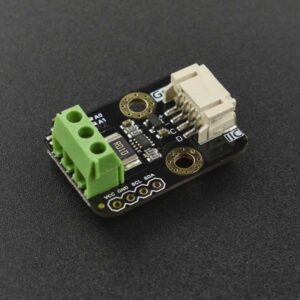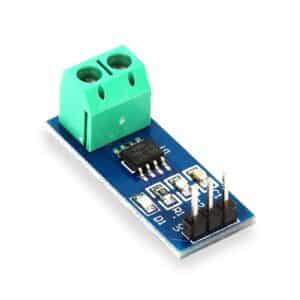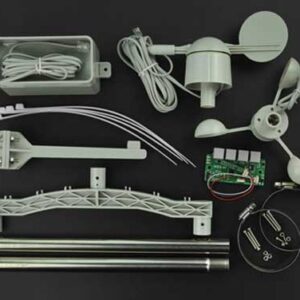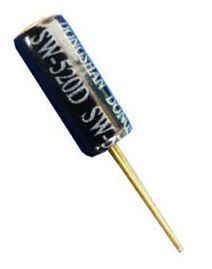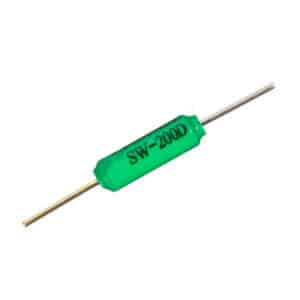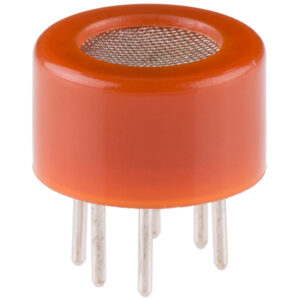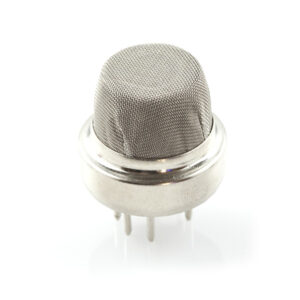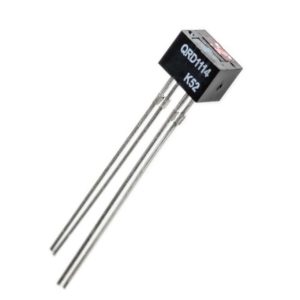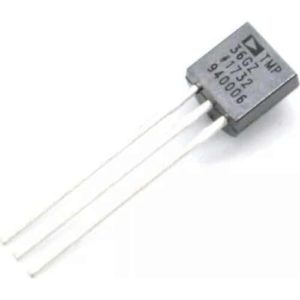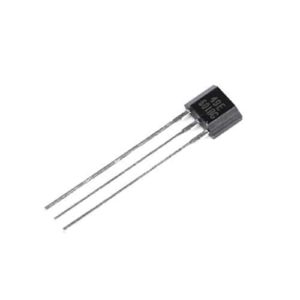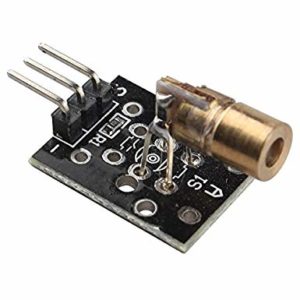Sensors
Result 73-84 is shown of the 122 results
-
Gravity: I2C Digital Wattmeter
€7,95 /€6,57 excl. VAT -
Current meter ACS712 - 5A
€3,45 /€2,85 excl. VAT -
Weather station kit with anemometer / wind vane / rain bucket
€179,00 /€147,93 excl. VAT -
Tilt Sensor SW-520D
€0,75 /€0,62 excl. VAT -
Tilt Sensor SW-200D
€1,95 /€1,61 excl. VAT -
Alcohol Gas Sensor MQ-3 - FREE breakout
€5,95 /€4,92 excl. VAT -
LPG Gas Sensor MQ-6 – Including breakout
€5,95 /€4,92 excl. VAT -
Methane CNG Gas Sensor MQ-4 - FREE breakout
€5,95 /€4,92 excl. VAT -
QRD1114 Reflective Object Sensor
€1,89 /€1,56 excl. VAT -
TMP36 Temperature sensor
€1,95 /€1,61 excl. VAT -
49E Hall sensor
€1,45 /€1,20 excl. VAT -
Laser Module KY-008
€1,99 /€1,64 excl. VAT
What are sensors?
Sensors are smart devices that measure an event or change in the environment. A sensor converts this into an electrical signal that can be read and calculated. To read the values you can, for example, use a Arduino, ESP of Raspberry Pi use. You can also use sensors to make a project autonomous. An example of this is a robot.
What types of sensors are there?
There are various types of sensors available, each of which can detect or measure something different. For example, a sensor can measure parameters such as light, speed, humidity or temperature. Here's what each sensor type can do:
- Temperature sensor: this measures and records the temperature. When the temperature rises above or below a set value, a device can be switched. For example, a heating or cooling installation.
- Motion sensor: this sensor registers a movement and can convert this into a signal that, for example, turns on the light or triggers an alarm.
- Light sensor: a light sensor measures the amount of light and is used to measure, for example, the intensity or difference in light. You can think of a flash on a photo camera, which switches on automatically when the amount of light is too low.
- Moisture sensor: this sensor measures the amount of moisture in a room. With this, for example, the bathroom ventilation can be switched on automatically.
Using sensors in projects
Are you curious about how a sensor works and how you can use it? In our Raspberry Pi Project: Weather station let's see how to make a weather station using a temperature and humidity sensor. Another example is us Arduino Project: DS18B20 Thermometer, where we're going to teach you how to make a thermometer using an Arduino and a temperature sensor. The possibilities with sensors are endless.

